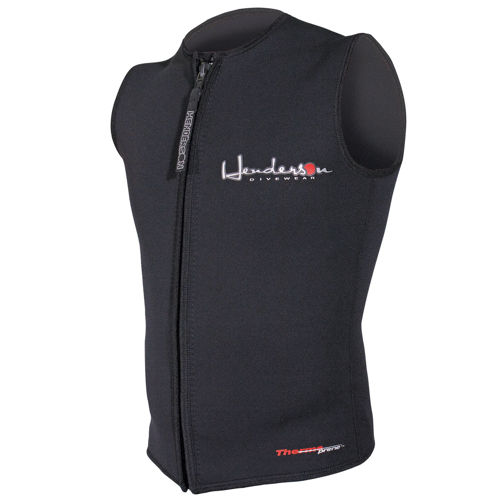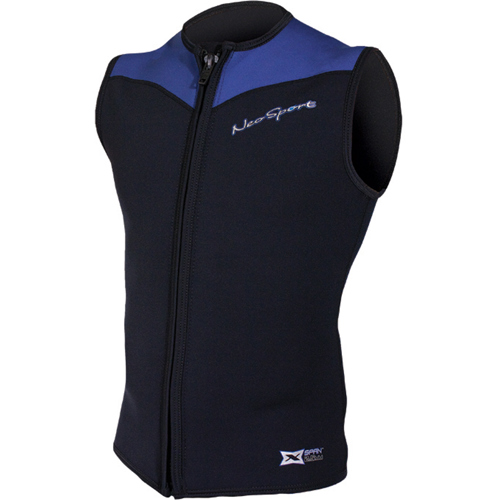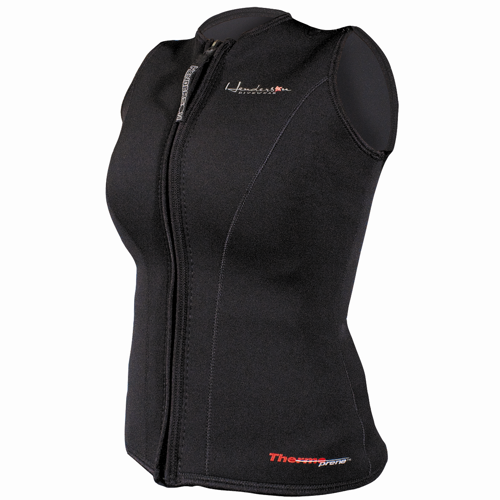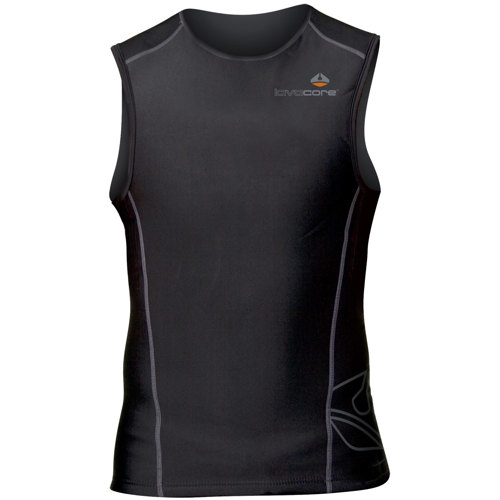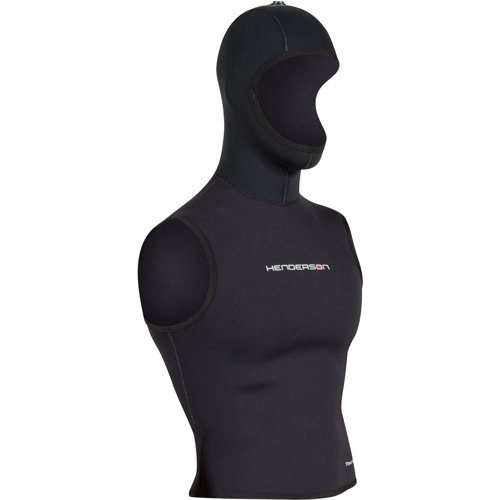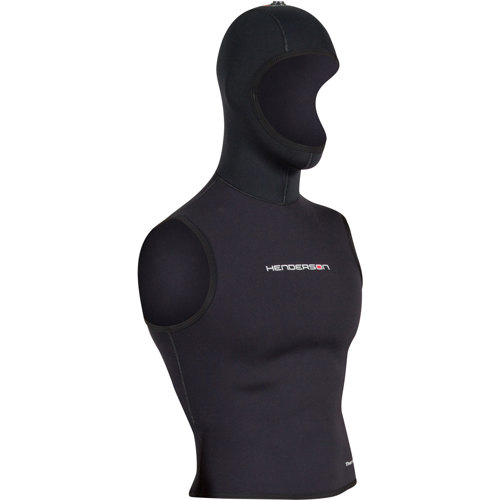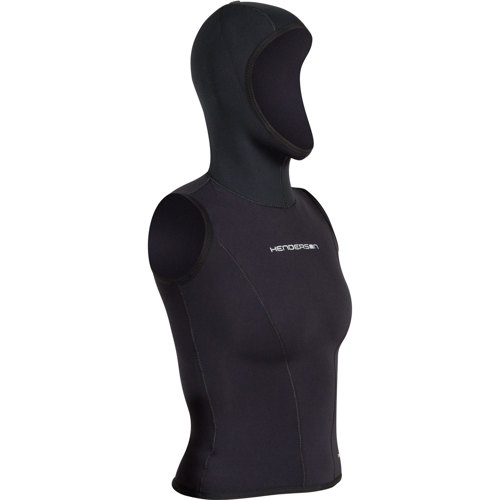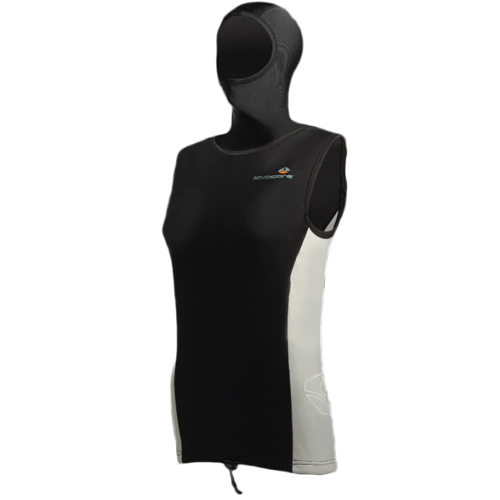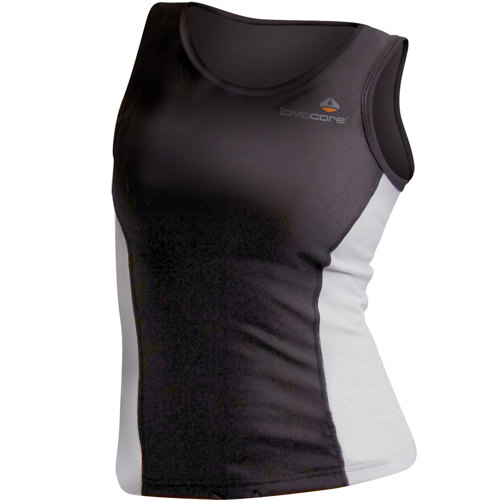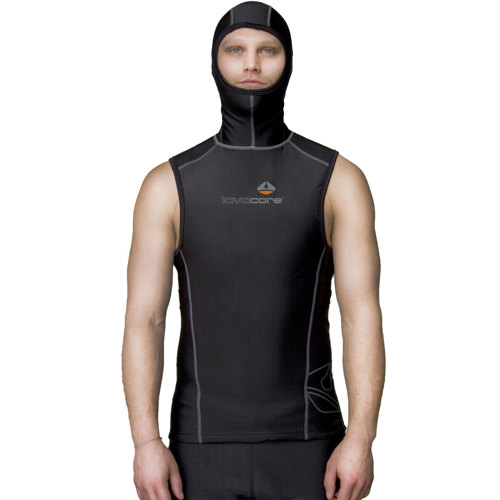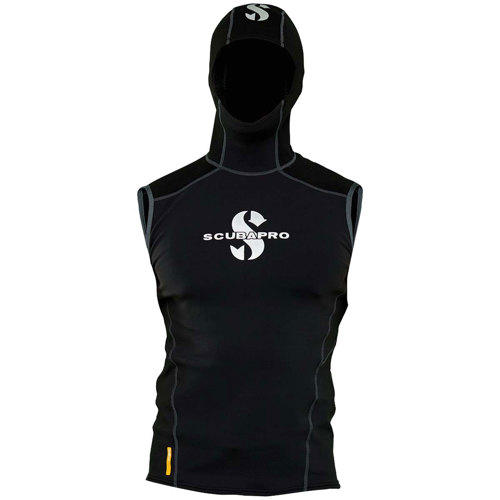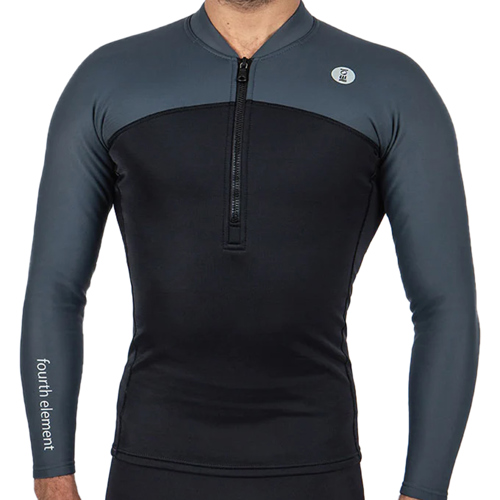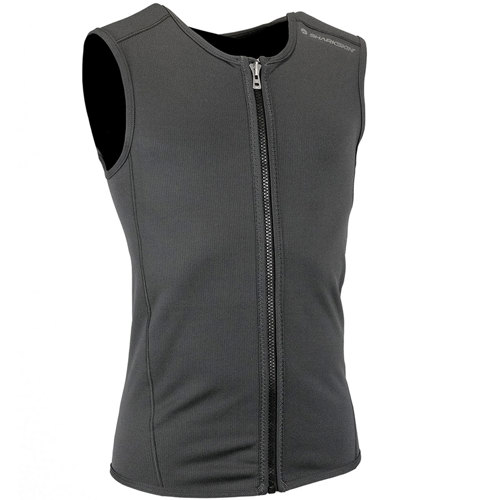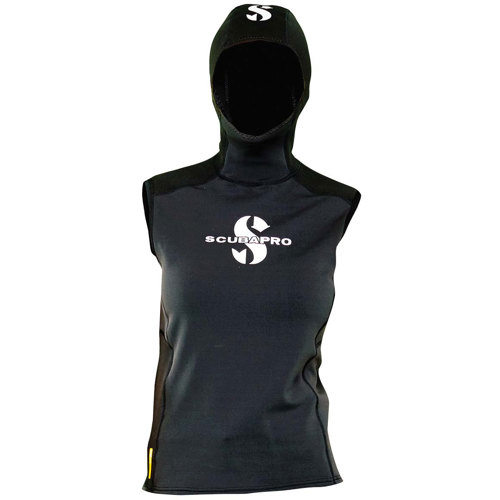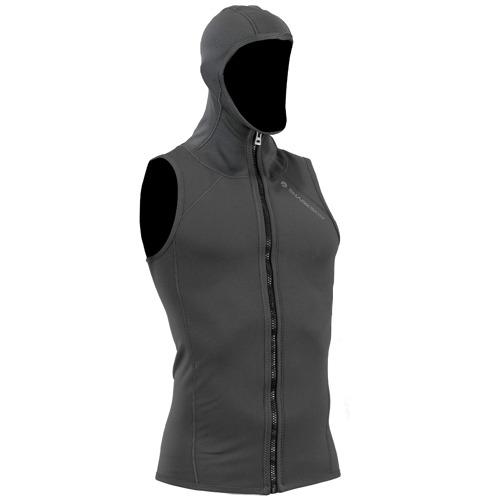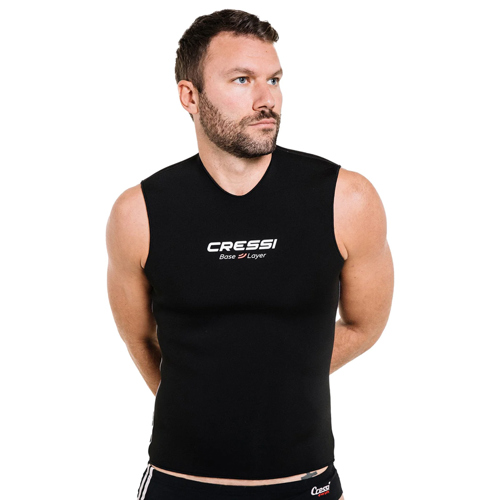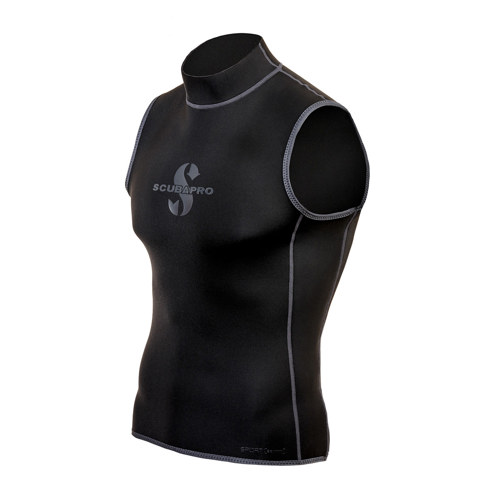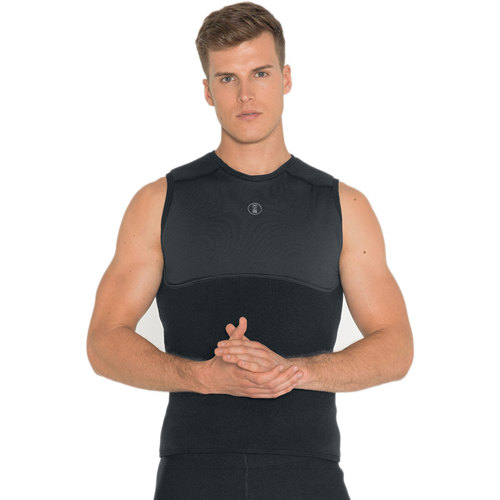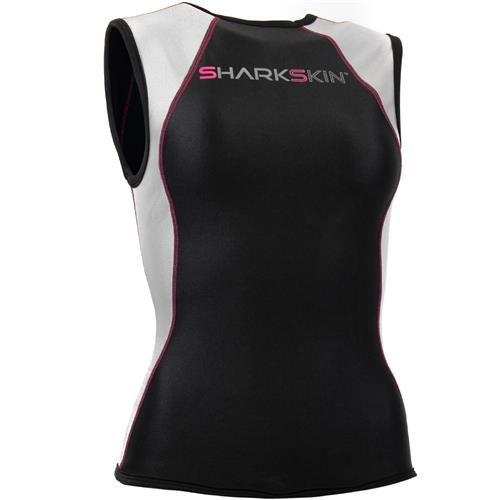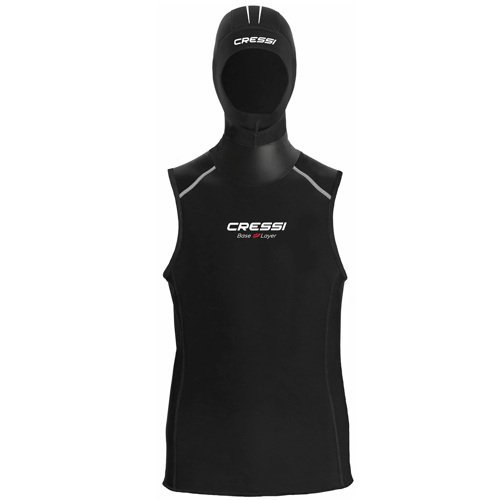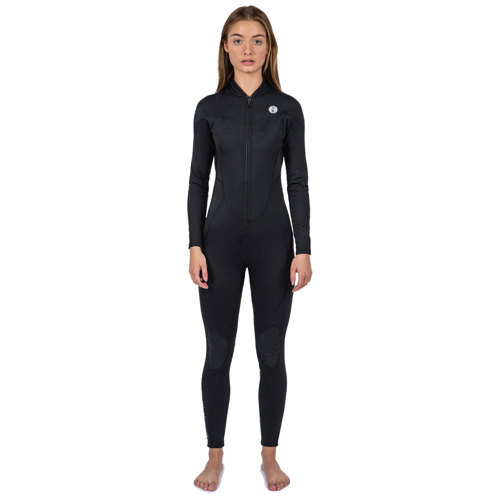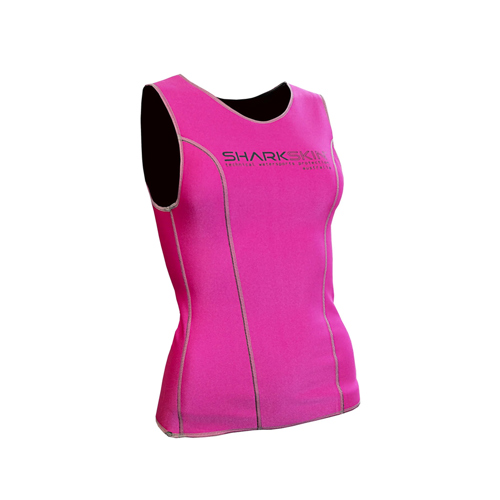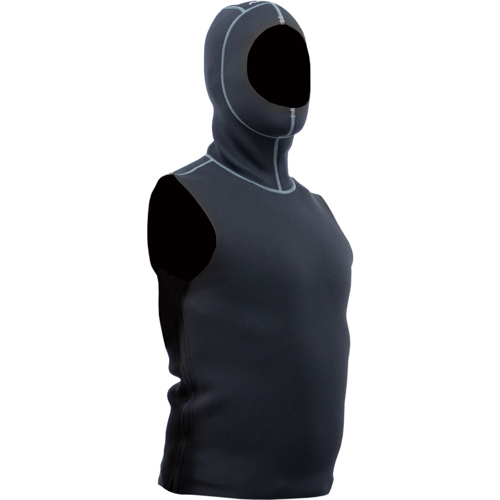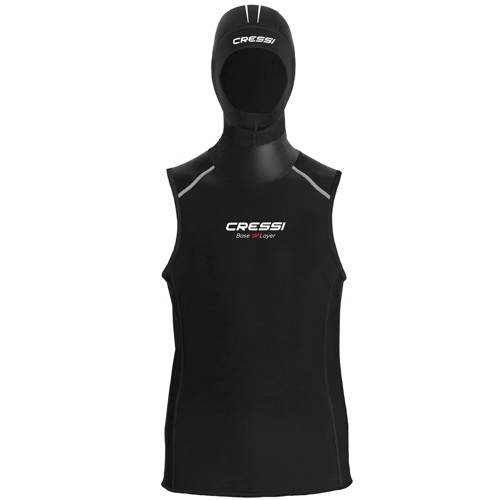Thermocline Vests
As the sun-soaked days of August stretch on, many divers and snorkelers find themselves drawn to the water’s embrace, seeking adventure beneath the surface. Yet, even in the warmest months, the ocean’s depths can surprise you with pockets of cool water, especially during longer dives or when exploring thermoclines—those distinct layers where water temperature shifts abruptly. Thermocline vests are designed to offer that crucial layer of insulation, bridging the gap between comfort and exposure. Whether you’re slipping into a wetsuit for an early morning shore dive or planning a multi-dive day trip where body heat slowly seeps away, a thermocline vest can make all the difference. These vests are crafted from advanced materials that trap warmth close to your core without adding unnecessary bulk or restricting your movement, letting you glide through the water with ease while staying protected from chills.
For both seasoned divers and newcomers alike, thermocline vests are a versatile addition to your gear bag. They’re particularly appreciated by those who feel the cold more acutely, or by underwater photographers and marine life enthusiasts who tend to linger in one spot, waiting for the perfect shot or observing the subtle rhythms of the reef. Families introducing children or less experienced swimmers to the wonders of the underwater world often choose thermocline vests for that extra reassurance against sudden temperature drops. They also make thoughtful gifts for dive buddies, partners, or anyone with a passion for water sports—imagine presenting a thermocline vest to a friend before a tropical vacation, or as a practical yet personal birthday surprise for someone who loves to explore local lakes and coastal waters. The right vest can be layered under a wetsuit for added warmth or worn alone for snorkeling sessions in milder conditions, making it a year-round staple for anyone who refuses to let the cold curtail their aquatic adventures.
When browsing for thermocline vests, consider factors like fit, thickness, and flexibility. A close, comfortable fit is essential to maximize insulation and minimize water flow, while the right thickness depends on your typical dive locations and personal tolerance to cold. Look for features such as quick-drying linings, flatlock seams to reduce chafing, and stretch panels that allow for a full range of motion. Many divers find that having a dedicated thermal vest extends the usability of their existing wetsuit, letting them adapt to changing conditions without investing in multiple suits. For those eager to explore more about thermal protection options, including how to choose the ideal vest for your needs, our comprehensive
Thermal Vests page offers additional information and recommendations. Whether you’re gearing up for a late summer dive, planning for cooler autumn waters, or simply want to stay comfortable on every underwater journey, a thermocline vest is an investment in both safety and enjoyment—ensuring that your time beneath the surface is as warm and memorable as it is exhilarating.

